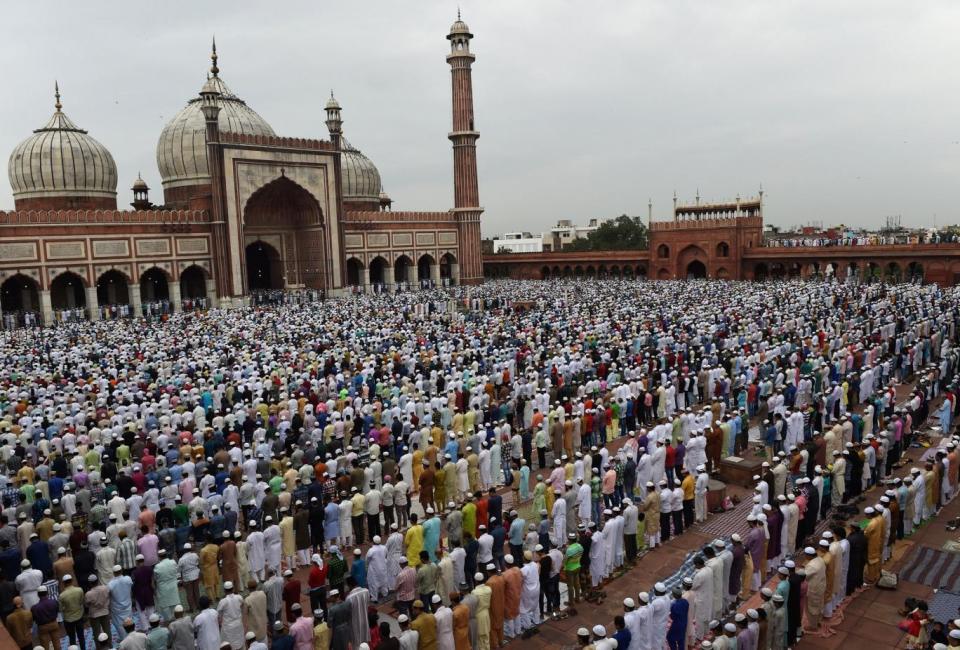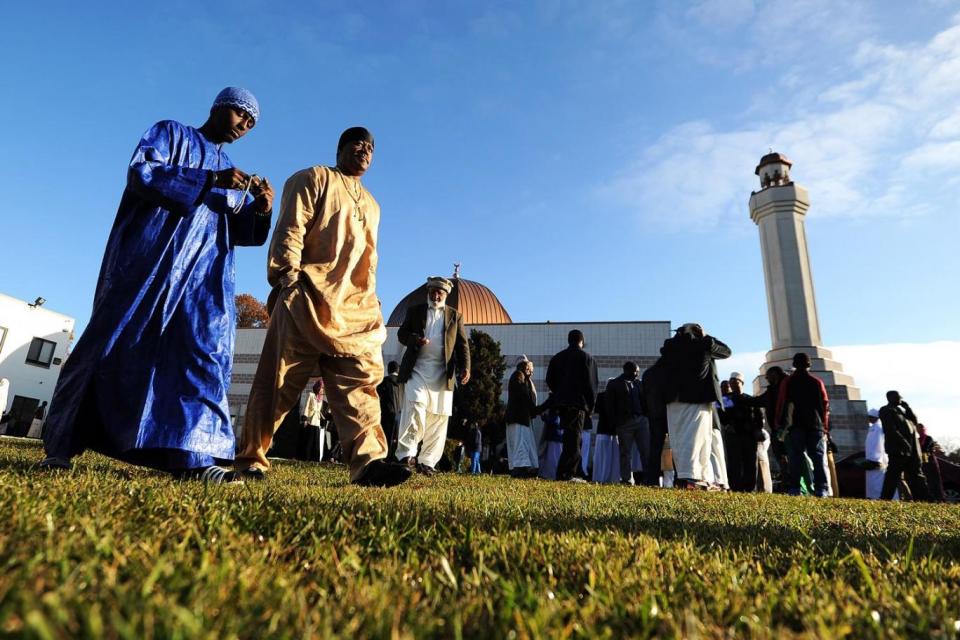Eid al-Adha 2018: When is ‘Big Eid’ and what does the Islamic holiday involve?
Muslims around the world will gather on Tuesday to celebrate Eid al-Adha, one of the most important festivals in the Islamic calendar.
Eid al-Adha follows Eid al-Fitr which is marked at the end of Ramadan and occurred in May and June of this year.
Traditional celebrations will include prayer, family gatherings and the exchanging of gifts.
Here's everything you need to know about when Eid al-Adha is and how it's celebrated:
What is Eid al-Adha?
Eid al-Adha, also known as The Festival of Sacrifice or 'Big Eid,' is considered the holier of the two Eids, and marks the end of the Hajj pilgrimage (one of the five pillars of Islam).
The festival remembers the story of Ibrahim's sacrifice when Allah appeared to him in a dream and asked him to sacrifice his son Isma'il as an act of obedience to God.

As Abraham was about to kill his son, Allah stopped him and gave him a lamb to sacrifice instead.
The story demonstrates Abraham's dedication to surrendering to Allah and Muslims celebrate Eid as a reminder of their own commitment to God.
How is Eid al-Fitr different from Eid al-Adha?
Eid al-Fitr marks the end of Ramadan, a period where Muslims fast during daylight hours.
Eid al-Fitr is usually celebrated by paying zakat (giving to charity) and having a large meal with friends and family.
This year, Eid al-Fitr was celebrated on Friday June 15.
When is Eid al-Adha?
This year, Eid al-Adha begins on 21 August and will end on 25 August.
The exact date of Eid al-Adha changes every year depending on the sighting of the moon, as the Islamic calendar is based on the lunar cycle.
The celebrations begin two days after the start of the Hajj.

What is Hajj?
Hajj is the annual Islamic pilgrimage to the Kaaba in Mecca in Saudi Arabia.
Every year, around 2 million Muslims from around the world converge on Mecca, dressed in white clothes called Ihram, which signifies the bonds of Islamic brotherhood and sisterhood by demonstrating that everyone is equal in the eyes of Allah.
How is Eid al-Adha celebrated and what does 'Eid Mubarak' mean?
Eid celebrations usually start with Muslims going to the Mosque for prayers dressed in their best clothes and thanking Allah for all the blessings they have received.
Many also choose to pray as part of community-led events in public places, such as parks, during the festival.
In London, there will be an 'Eid in the Park' event taking place on the grass field at New River Sport in Wood Green.
Last year, the event attracted over 2,00 visitors.
Muslims greet each other by saying ‘Eid Mubarak' - which means 'blessed Eid'- during the festival, which also involves visits to friends and family and the giving of gifts and cards.
Sacrifice is a big part of the event, and worshippers will usually slaughter a sheep or goat to honour the Islamic date - although anyone wishing to sacrifice an animal in the UK must follow the welfare standards.
The sacrificial meat is then divided into thirds and shared between friends, family and the poor.
Money to charity can also be given to help the poor buy clothes and food.

 Yahoo News
Yahoo News 